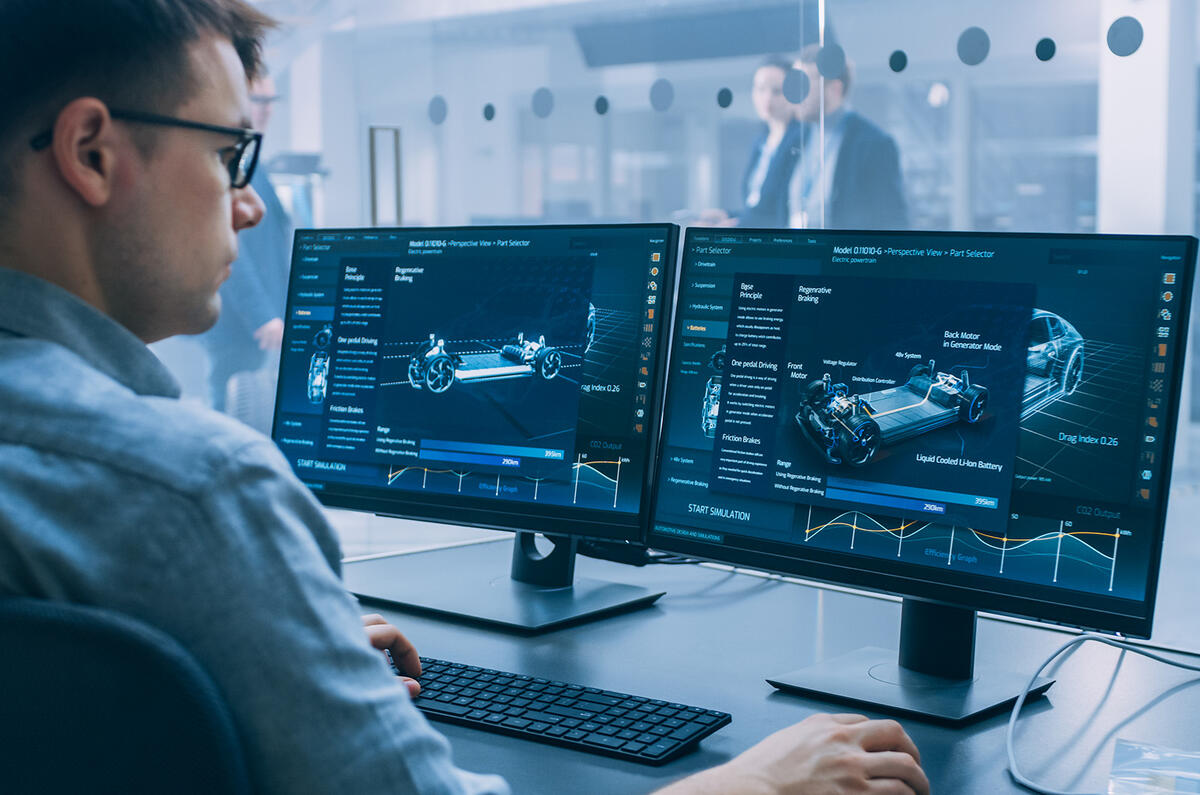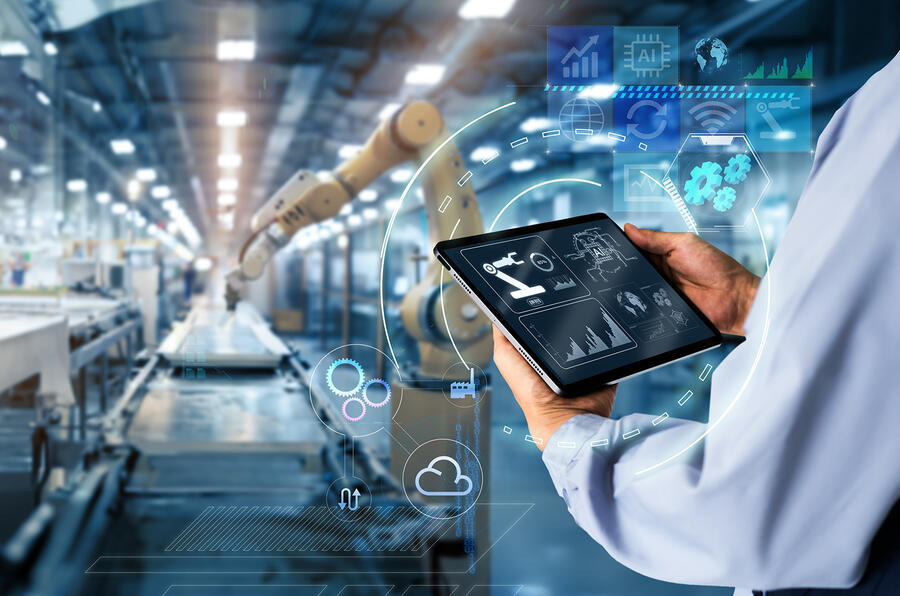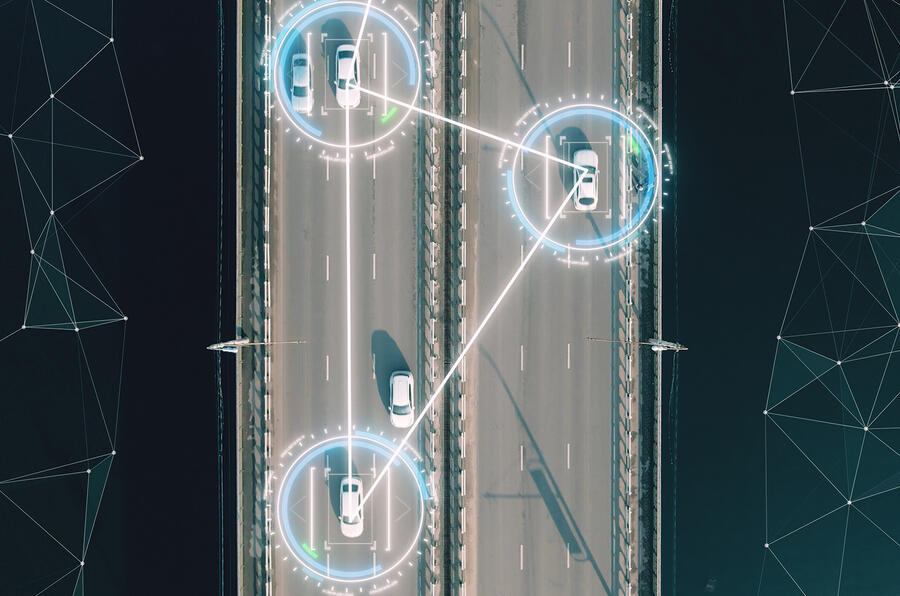The entire automotive world is being completely redefined and reshaped – and the main force behind this seismic shift is something that you cannot see. Software is driving enormous change in the industry, be that in safety advances, speed of car design and development, and even in the pinnacle of motorsport, Formula One.
To try to understand the enormous impact that software is having on the industry as a whole, Autocar and technology giant Siemens recently hosted a webinar featuring Uday Senapati, Siemens Head of Automotive, Battery and Mobility for the EMEA region; Rickard Arvidsson, Head of Product Strategy and Architecture on Software Engineering on Volvo Cars; Daniel Watkins, Red Bull Racing’s Head of CAD and Product Lifecycle Management. The event was hosted by Autocar Deputy Editor Felix Page.
To hear the conversation in full, watch the recorded webinar on Autocar Business.

Software does the hard work
So, what exactly is software? Uday Senapati of Siemens explained: “Software is the blood that flows through a car’s nervous system. It’s the recipe that makes everything work. For example, a smartphone is just a paperweight without software.”So if software really is becoming the lifeblood of automotive development, its reach must be becoming ever wider. Volvo’s Arvidsson agreed, saying: “For Volvo software is replacing hardware as the primary driver for innovation, and about building in the thing that’s most important for us – safety.
“It’s also about improving the car all the time – improving suspension feel, enhancing charging speeds, introducing new sound experiences. And it’s about deploying the latest safety features in the car.”
Traditionally, Formula One has been a test bed for innovative technology that in some cases eventually filters down to the road arena. Think paddle-shift gearboxes, the use of carbon fibre to enhance lightness and safety, ever-increasing electronics such as traction control and active suspension.





